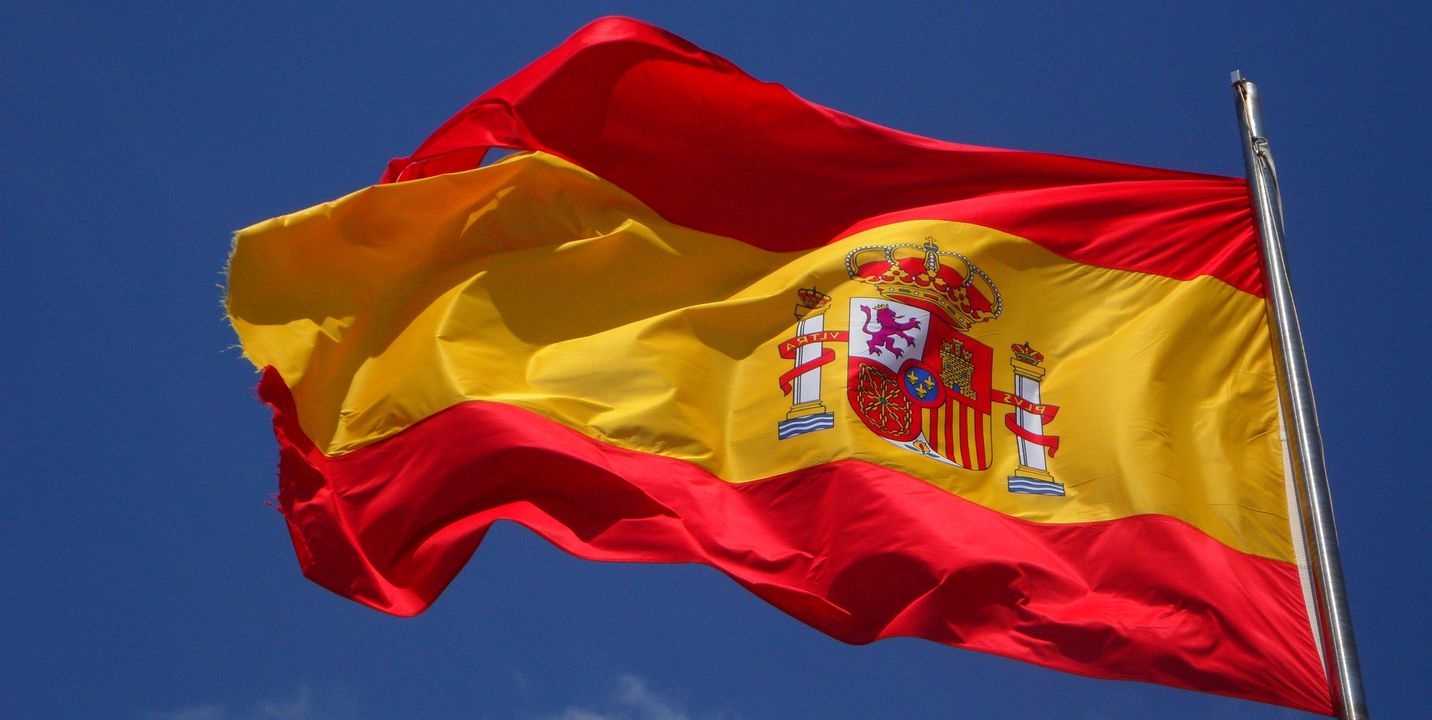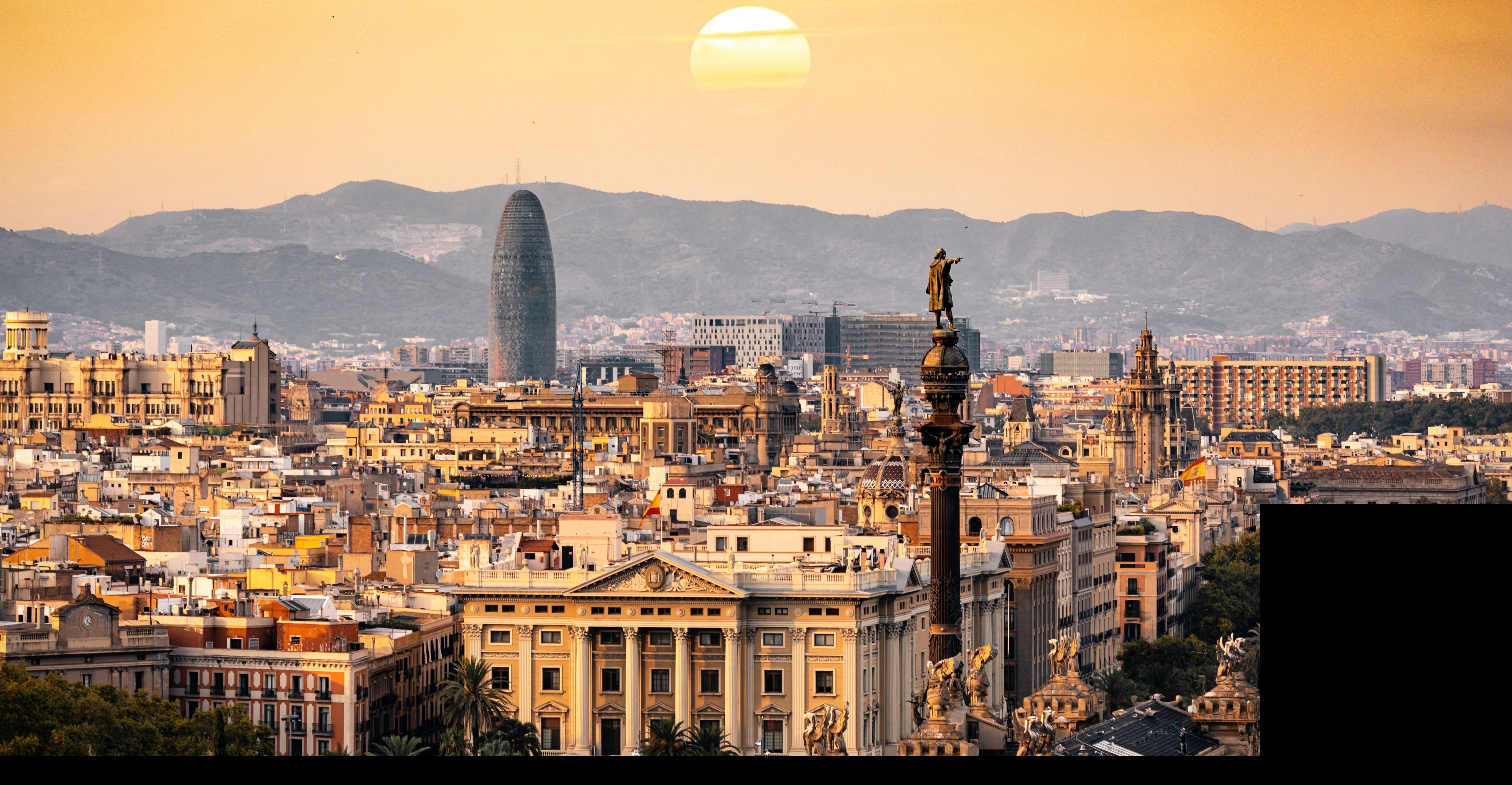
SPAIN
Madrid
Introducing SPAIN
Currency
Euros
Languages
Spanish
Time Zone
27/07/24
05:38 AM
Spain's powerful world empire of the 16th and 17th centuries
ultimately yielded command of the seas to England. The nation afterwards lagged
behind Germany, France, and Britain in terms of economic and political strength
due to its refusal to adopt the commercial and industrial revolutions. Despite
being neutral in both World Wars I and II, Spain endured a brutal civil war
(1936-39). Following the murder of the dictator Francisco FRANCO in 1975, there
was a peaceful transition to democracy, and Spain quickly modernised its
economy (it joined the EU in 1986). This resulted in a dynamic and quickly
expanding economy, and Spain became a global champion of freedom and human
rights. With four straight years of GDP growth above the EU average, Spain has
more recently recovered from a severe economic recession that started in the
middle of 2008. Even if it has decreased, youth unemployment is still very
high. Spain has the fourth-largest economy in the Eurozone. Due to the
independence movement in its unrest-ridden Catalonia region, the nation has
experienced significant domestic unrest in recent years.
Southwestern Europe, bordering the Mediterranean Sea, North Atlantic Ocean, Bay of Biscay, and Pyrenees Mountains; southwest of France
total: 505,370 sq km
land: 498,980 sq km
water: 6,390 sq km
temperate; clear, hot summers in the interior, more moderate and cloudier along the coast; cloudy, cold winters in the interior, partly cloudy and cool along the coast
47,163,418 (2022 est.)
Spain experienced its fourth straight year of positive economic recovery in 2017, surpassing its pre-crisis peak thanks largely to rising private consumption. This follows a protracted recession that started in 2008 in the wake of the global financial crisis. Spain had seen 16 years of economic growth in a row before the financial crisis of 2008, which resulted in an economic recession that persisted until late 2013. With the aid of an EU-funded restructuring and recapitalization program, the government was able to successfully support that year's faltering banking industry, which had been severely exposed to the fall of Spain's real estate boom. Up to 2014, domestic consumption and investment were restricted by a decline in bank lending, fiscal austerity, and high unemployment. From a low of under 8% in 2007 to over 26% in 2013, the unemployment rate increased, although labor reforms led to a slight decline to 16.4% in 2017. Spain's governmental finances were put under strain due to the high unemployment rate as spending on social benefits rose and tax income declined. The budget deficit in Spain reached a peak of 11.4% of GDP in 2010, but it steadily decreased to 3.3% of GDP in 2017. The public debt has significantly expanded, rising from 60.1% of GDP in 2010 to around 96.7% in 2017. For the first time since 1986, Spain's current account was in surplus in 2013, which supported the country's economic growth. As a result of rising labor productivity, internal devaluation brought on by moderating labor costs, and declining inflation, Spain's export competitiveness has improved and FDI flows have resumed. Due to its minority status, the Spanish government was unable to enact divisive reforms to the labor, pension, health, and educational systems in 2017. The European Commission forecasts that the government will fulfill its objective for the budget deficit for 2017 and that the anticipated economic growth in 2018 will aid in that achievement. Since they were high in mid-2012, Spain's borrowing rates have significantly decreased, and the country's improved economic activity has led to mild inflation in 2017—at 2%.
Spanish
Spanish 84.8%,
Moroccan 1.7%,
Romanian 1.2%,
other 12.3% (2021 est.)
14.13% (2019 est.) 15.25% (2018 est.) country comparison to the world: 173
Castilian Spanish (official nationwide) 74%,
Catalan (official in Catalonia,
the Balearic Islands, and the Valencian Community (where it is known as Valencian)) 17%,
Galician (official in Galicia) 7%,
Basque (official in the Basque Country and the Basque-speaking area of Navarre) 2%,
Aranese (official in the northwest corner of Catalonia (Vall d'Aran) along with Catalan,
<5>
Roman Catholic 58.2%,
atheist 16.2%,
agnostic 10.8%,
other 2.7%,
non-believer 10.5%,
unspecified 1.7% (2021 est.)
0-14 years: 15.02% (male 3,861,522/female 3,650,085)
15-24 years: 9.9% (male 2,557,504/female 2,392,498)
25-54 years: 43.61% (male 11,134,006/female 10,675,873)
55-64 years: 12.99% (male 3,177,080/female 3,319,823)
65 years and over: 18.49% (2020 est.) (male 3,970,417/female 5,276,984)
periodic droughts, occasional flooding
$1,714,860,000,000 (2020 est.)
$1,923,330,000,000 (2019 est.)
$1,886,540,000,000 (2018 est.)
note: data are in 2017 dollars country comparison to the world: 16
1.95% (2019 est.)
2.43% (2018 est.)
2.97% (2017 est.)
country comparison to the world: 140
$36,200 (2020 est.)
$40,800 (2019 est.)
$40,300 (2018 est.)
note: data are in 2017 dollars country comparison to the world: 53
$1,393,351,000,000 (2019 est.)





